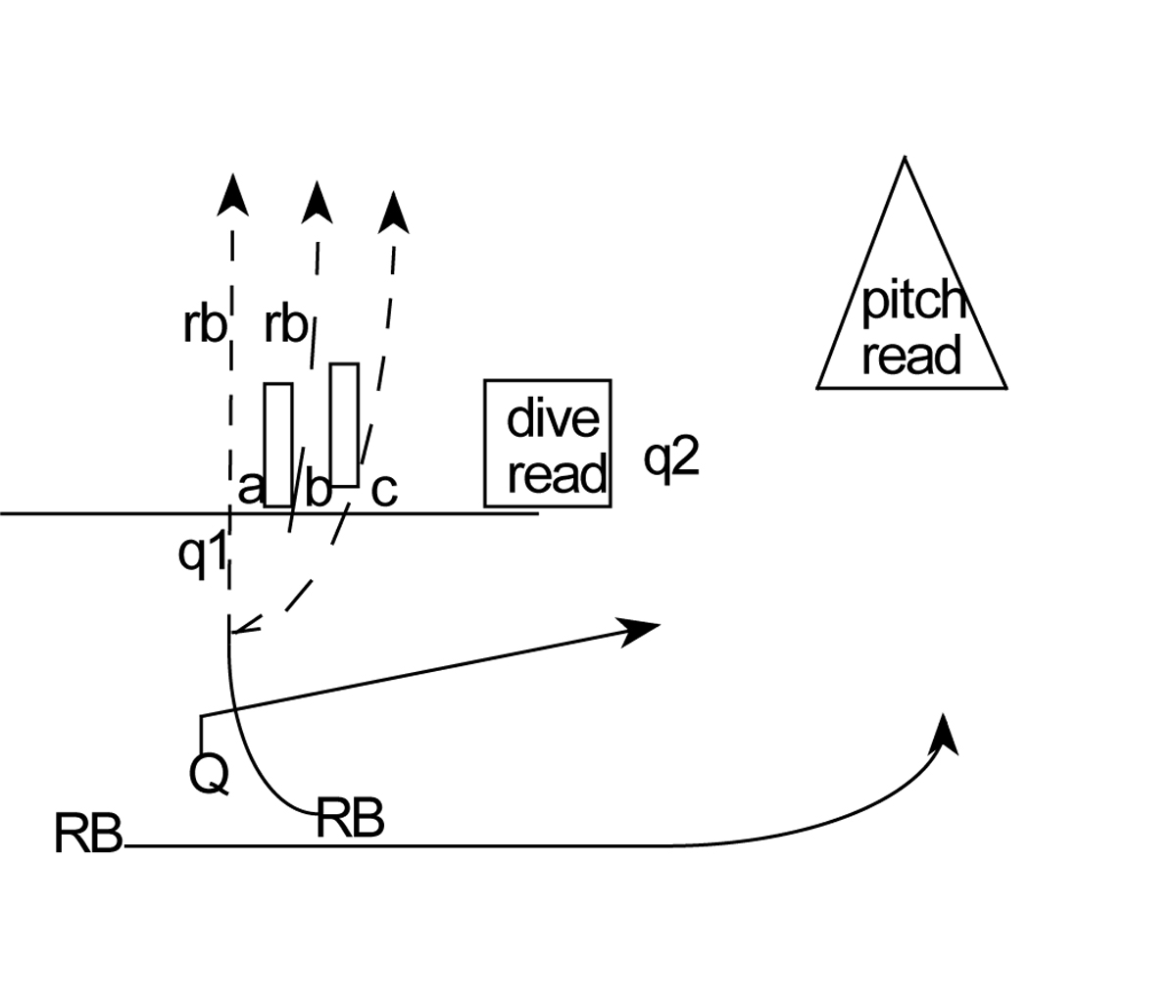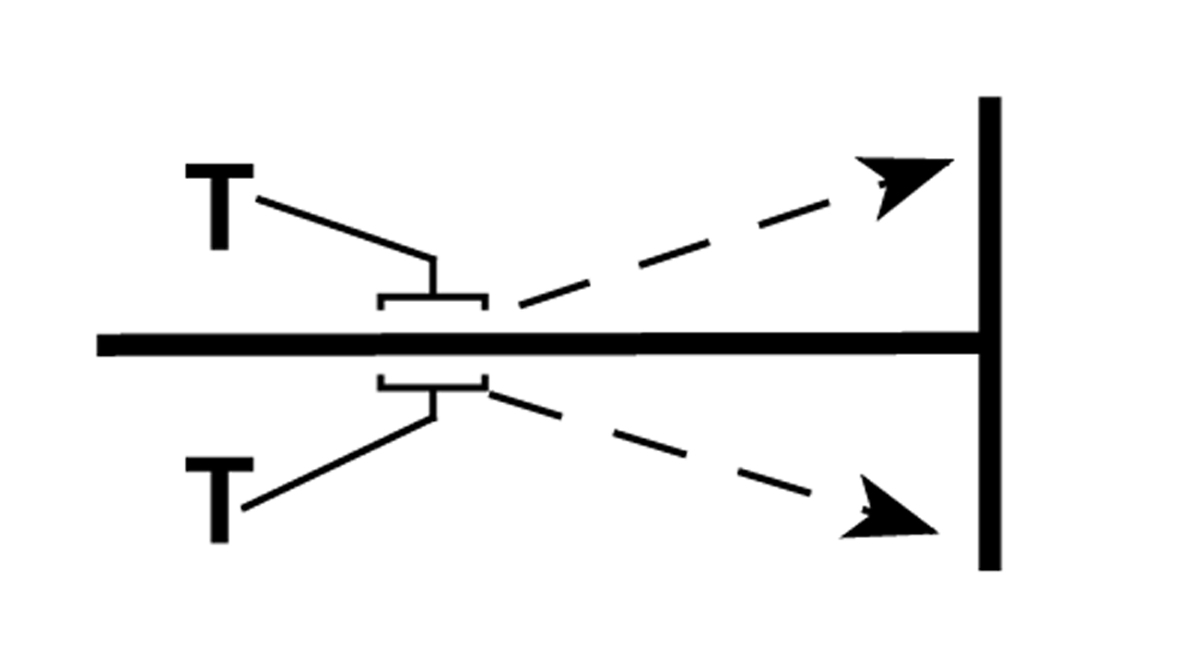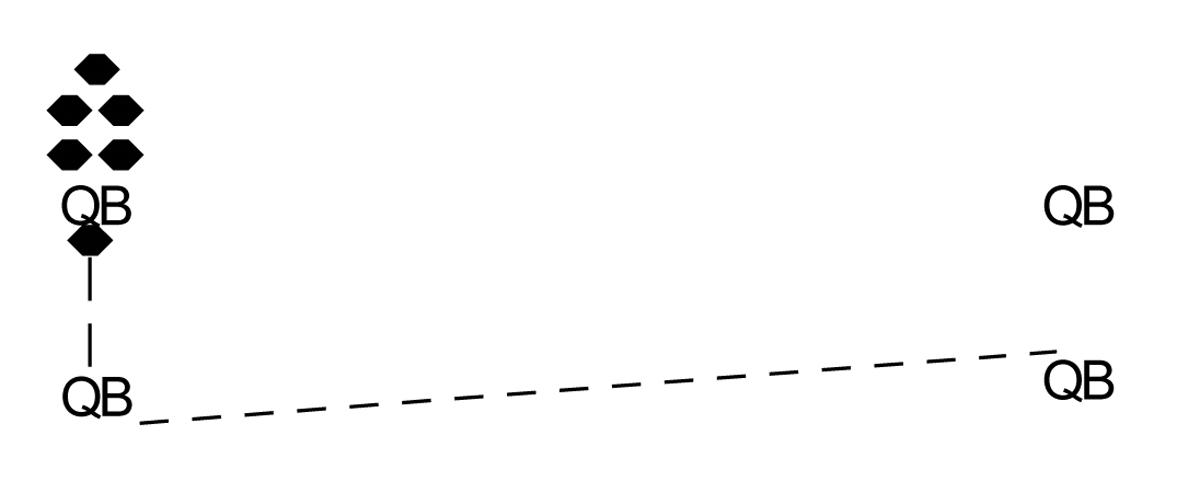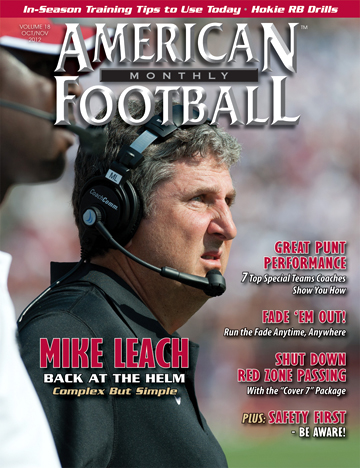Drills Report Bonus - Improving Your Offensive Production
by: Joel PennerOffensive Coordinator • Malone University©
More from this issue
In our offense that we call the “truck and chuck”, we borrow academy-style option principles, implement them from a normal five-yard depth in the shotgun, and then throw as much play-action as we can into it. Like any offense, there are countless ways to practice and prepare our players to execute our style of play. However, when we think about drills and teaching methods for our offense, we stick to a few basic principles:
#1 Big/Little/Big - Give the players the big picture (the play on a macro level). Use diagrams, film, and walk throughs to teach the overall concept of the play. We want them to understand not only the “what” of the play, but the “why” as well. Then, we want to drill the skills required at each position for the function of the play (the play on a micro level). Our individual periods are designed to get our guys ready for our group and team periods. Finally, we will come together and practice the play either in a group period or team time.
#2 Relevance - There are so many great drills out there, but we only want to utilize the drills that simulate the skill we are trying to develop in our guys. If we are not executing the play well in a team period, then it is a reflection of the quality of our individual drilling periods.
#3 Muscle Memory - The goal in a game or team period is to play fast and to play physical. There is no way that is going to happen if a player is thinking about his technique. Therefore, our drills must be designed to accomplish proper technique and fundamentals that will later translate effortlessly into team time and games. We must rep until we achieve maximum muscle memory in the proper technique. Then, a player will simply execute proper fundamentals without trying to, allowing him to focus on dominating rather than executing technique.
#4 The Film is a Coaches Signature - We want every position coach to own the fundamentals of his position group. I once heard a coach say, “whatever you see on film, you’ve either taught or allowed.” We want each position coach to work diligently to perfect the fundamentals of his position group during the individual drilling periods.
#5 Less is More - I’ve heard coaches talk about keeping drills creative and full of variety. We want the exact opposite. We want to specifically drill the fundamentals we need for the function of the offense. We want to create as much overlap as possible in drilling blocks, paths, movements, etc. Every coach has EDDs (every day drills) that he will hang his hat on. He believes these drills are so vital to the execution of the offense that he will do them every single day of practice. EDDs will typically take 80-90% of the position group’s total individual time. The remaining 10-20% will be corrective or damage control drills designed to fix or tweak recent performances.
Here are three examples of drills that we have found useful as we have developed our offense.
#1 - Drill Name: Speed Ball

(Diagram 1)
Positions involved: quarterback, running back
Desired outcome: fast movements, proper reads, proper angles
Execution:
Q - execute shotgun triple option, read the dive read,
then read the pitch read.
RBs - dive back must mesh with Q, then track the A gap.
If it closes, look to B gap. If B closes, look to C gap.
With pitch back, get to pitch relationship with Q.
q1 - snap the ball to Q.
q2 - hold a football and toss to the Q if he gives his ball to the
dive back.
rbs - fill either a, b, or c gaps so the dive back has to find the open gap.
#2 - Drill Name: Slant Drill

(Diagram 2)
Position involved:
offensive tackles
Desired outcome: help tackles not get beat on a slant and get vertical movement
Execution: Both players in this drill are playing tackle but simulating a slanting DE at the same time. The drill is a competition to see which tackle can get across the LOS and move the other tackle at the same time. The winner of the drill is the player that can get his body across the LOS while engaging the other player.
#3 - Drill Name: Chase Hot Potato

(Diagram 3)
Position involved: quarterback
Desired outcome: train quickness in throwing bubble screens
Execution: Four quarterbacks will stand in a rectangle five yards apart by around 20 yards wide. The first QB will snap five footballs as fast as possible to the QB on his side. That QB will throw to the other QB (simulating the bubble screen). Then the drill is repeated on the other side with the other QBs returning the balls to the original location. This is a drill to emphasize hand quickness over perfect throwing technique and footwork. There are only two goals – be the fastest, and make accurate throws. To create competition, we have a coach with a stopwatch timing each QB.
These are just three of our favorite drills in the repertoire of our teaching progression. Each position coach on our staff has strong convictions as they have developed relevant drills in the teaching phase of our offense. We have stolen many drills from coaches who have gone before us, invented many that fit our offense, and tweaked some drills that have already been done. If we are executing proper technique with maximum speed and physicality in games, then we believe our drilling sessions have been successful. But if our players are moving hesitantly, it is usually an indicator that our drill time needs to be cleaned up. p
About the Author: Joel Penner joined the Malone University coaching staff earlier this year as Offensive Coordinator. He has 12 years of college coaching experience and, most recently, served as rhe Offensive Coordinator at Northwestern College in Orange City, Iowa. He earned both a bachelor’s degree in Sports and Wellness Management and a master’s degree in Christian Studies from Trinity International University. Penner began his coaching career by serving as an assistant recruiting coordinator at Pacific Lutheran University. He also coached at both his alma mater and Greenville College.








